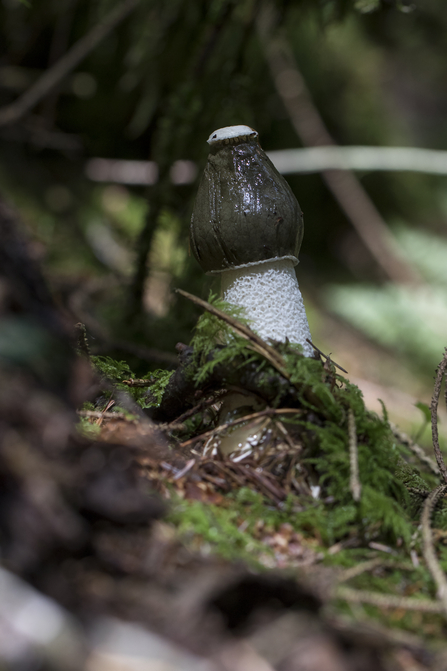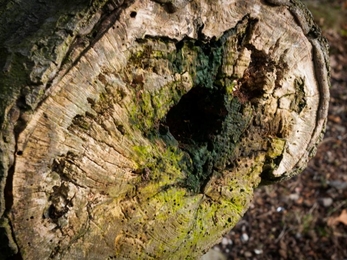As the weather cools and the days shorten, the smells of places like woodlands seem to reflect and resonate perfectly with the season.
Damp, earthy aromas of mushrooms, compost, rot and decay dominate as the leaves drop and the ecological ‘tidying up’ process of decomposition gets underway. This is the season for earthworms, woodlice and fungi, and the many other species that earn their living as ‘nature’s recyclers’ and cleansers. Billions of individual organisms from thousands of different species, all working to extract the last bit of energy and nutrition by eating and digesting the dead tissues of animal and plants whose lives have ended as winter approaches.
Nature abhors waste and the tireless collective efforts of bacteria, fungi and invertebrates mean that every possible scrap of valuable nutrient and energy is removed from dead tissues for exploitation and reuse. This is the essential process of decomposition, and without it we would soon be buried under a large heap of dead matter.
Much of this takes place out in the open and it inevitably produces a variety of organic smells.



